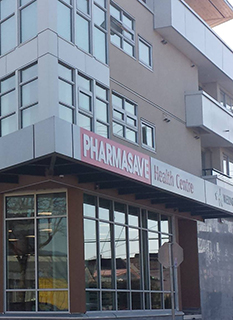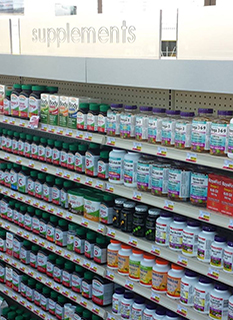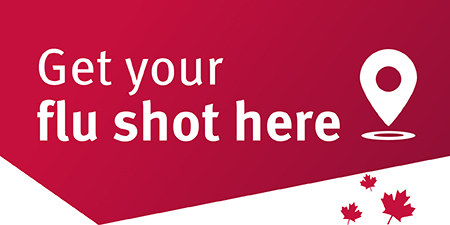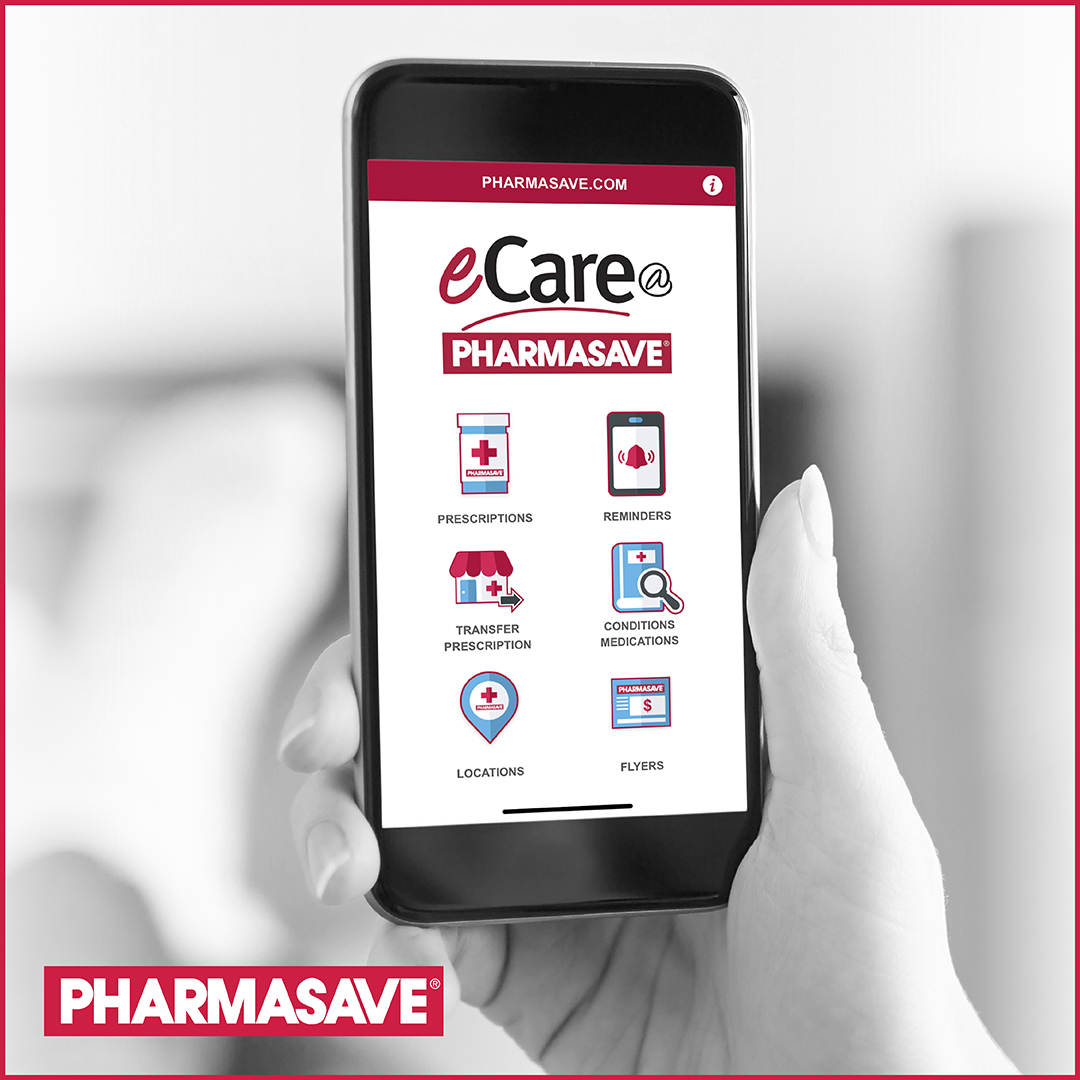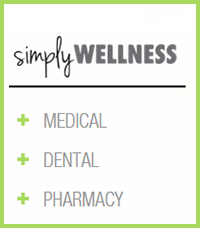Stroke
Stroke treatment and rehabilitation
Are you at risk for a stroke? There are some risk factors for stroke, such as age and family history, which you can’t change. But there are more that you can change, including your blood pressure, cholesterol levels, activity levels, alcohol consumption, and smoking.
Stroke is a medical emergency. It is important to get emergency medical help right away so that the stroke can be treated.
Strokes can be treated with medications, surgery, or other non-surgical techniques. The exact treatment used depends on the type of stroke, when the stroke started, and the overall health of the person having the stroke. “Clot-busting” tPA (tissue plasminogen activator) medications can be used for certain types of strokes, provided the person reaches the hospital quickly enough (the “window” is within 3 to 4.5 hours of a stroke). This type of treatment can prevent further damage to the brain.
Surgery may be required to repair the damage caused by a stroke or prevent one from occurring. Surgery can remove blood that has pooled in the brain after a hemorrhagic stroke, to repair blood vessels, or to remove plaque from inside the carotid artery. Catheters may also be used to remove plaque buildup and treat aneurysms.
The effects of a stroke depend on which part of the brain was damaged and how severe the damage was. Strokes can affect speech, movement, thinking, vision, and other senses. Not everyone needs rehabilitation after a stroke. But for people who have some level of disability after the stroke, rehabilitation can make a huge difference in their lives. Rehabilitation can help them get some of their old abilities back or learn new ways to adjust to their disabilities.
Rehabilitation starts as soon as possible after the stroke, usually in the hospital, and continues after the stroke survivor goes home. Rehabilitation is done by a team of health care professionals, including doctors, nurses, pharmacists, physiotherapists, occupational therapists, dietitians, and social workers. The survivor’s family and friends are also an important part of the team.
Rehabilitation can involve physical exercises to improve balance and muscle control, learning how to use canes or other special equipment, learning to plan healthy meals, improving speech, and learning to deal with emotions such as anger, sadness, or confusion. The survivor’s family and friends can be taught to help with the exercises and other rehabilitation activities.
Ask Your Pharmacist
Q: How can I reduce my stroke risk?
A: There are many factors that can increase your stroke risk, such as high blood pressure, existing heart conditions, and family medical history. Lifestyle habits such as smoking, obesity, and little exercise can also increase your risk. You can’t change your family history, but you can help cut your risk by making healthy choices such as exercising regularly, eating healthy, and not smoking. You may not notice any changes immediately, but the benefits will definitely pay off in the long run.
Do you have more questions? Speak with your Live Well Pharmacist.
Health Tip
The sooner a stroke is treated the better, so recognizing stroke symptoms quickly is critical to preventing long-term effects. UseFAST to help remember the sudden signs of stroke: F = Face drooping, A = Arm weakness, S = Speech difficulty, T = Time to call 9-1-1. If you or someone around you shows the F-A-S symptoms, be sure to call 9-1-1 immediately to get medical help.
All material © 1996-2013 MediResource Inc. Terms and conditions of use. The contents herein are for informational purposes only. Always seek the advice of your physician or other qualified health provider with any questions you may have regarding a medical condition.

